Their unfamiliarity and the dryness with which poetry is often taught turns them off immediately and they shut themselves off to an entire art form. Poetry is an excellent teaching tool for demonstrating the use of language, but it is often under utilised. Introducing poetry to children early, and often, not only helps them embrace the art form, it teaches them to use and understand words more carefully.
It can be challenging to fit a whole unit on poetry into an already busy curriculum, so we’ve put together some tips to help you integrate poetry into other subjects.
Using Words
Poetry is incredibly deliberate when it comes to its choice of words, and teaching students to examine how and why a word is used is a useful skill.
Reading and Comprehension Challenges
Poetry’s alternate forms can provide interesting challenges to help students develop the reading and comprehension skills. Some poems clearly express their message, while others are more opaque, and the vast variety of poetic forms provides an endless variety of challenges for students. Use poetry as a reading and comprehension puzzle for fast finishers or set a poem as a group exercise to encourage students to creatively build their skills.
Writing Inspiration
Poems range in length from fleeting snapshots to epic sagas. All styles and lengths of poem provide a creative springboard for other writing exercises. Short poems can be extrapolated into longer stories, or provide a starting point for a student to continue from. Condensing a story into a poem teaches students to identify the most important elements and themes in a way that is thoughtful and creative.
Free Verse
Free verse poetry encourages the writer to abandon the rule of writing to express themselves in the way that best suits them. This can provide students with the freedom to truly express themselves without worrying about grammar. Free verse can be a great way to get students to truly engage with the purpose of writing: expressing an idea.
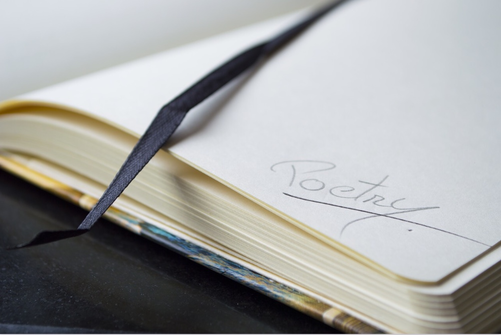
Just start. The words will come.
Parts of a Sentence
Poetry is an excellent way to get students thinking about how different parts of a sentence can be used to create an effect. Poetry gives clear examples of how an adjective in the right place can make all the difference. More experimental poetry can also provide interesting models of the variety of ways words can be used and how meanings can change based on the construction of a sentence.
Creative Captures
Every subject can be distilled down to a poem when creativity is given free reign. Get your students enthusiastic about exploring a topic by asking them to come up with a summary poem. Attempting to fit the information in the form of poetry will encourage them to investigate and fully engage with the topic.
Mnemonics
We’ve all used rhymes or songs to help us remember facts. Even though it’s not accurate we all remember ‘i before e except after c’ because the rhyme sticks in our heads. There are poetry based mnemonics out there for every fact on the planet, but it can also be a fun exercise to have your students create their own. Creating rhymes to help them remember facts is a fun way to get them engaged in the material. If it helps, facts stick in their brain that’s a plus too!
Setting the Scene
Poetry distils an idea down to its essence. This can be an excellent way to introduce a new topic and get students curious. Poetry is excellent for providing a bit of creative flair to drier subjects. Some of the most famous figures of history and science also wrote poetry, or had poetry written about them, so poetry can provide a memorable introduction.
New Perspectives
Different cultures produce different styles of poetry. A poem can reveal a lot about the culture it came from. Viking sagas and Japanese haiku are incredibly different. What do their forms and intentions say about the cultures they came from? This could also be a fun opportunity to explore the diverse cultural backgrounds of your students. Poetry plays an integral part in the history of most cultures and reading it can provide a deeper understanding.
If you are looking for more inspiration and poetry activities try these links:
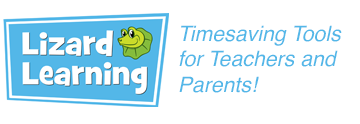
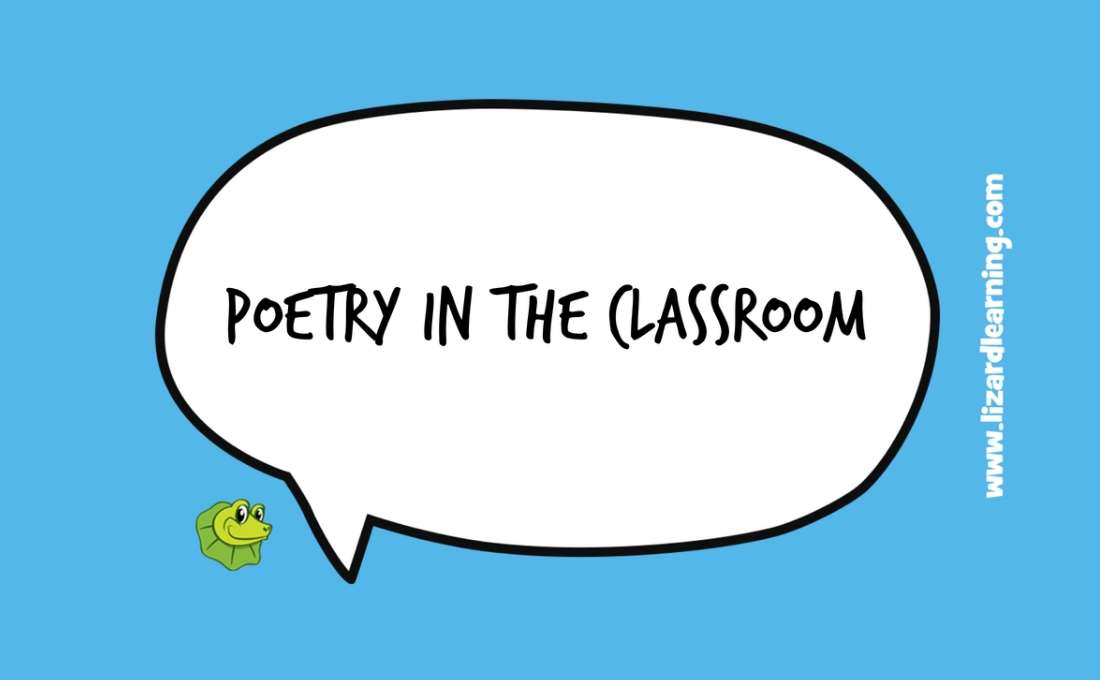
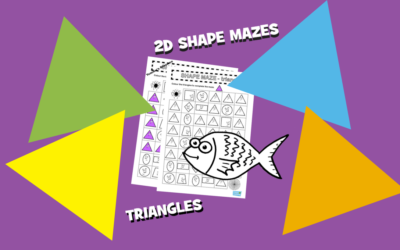
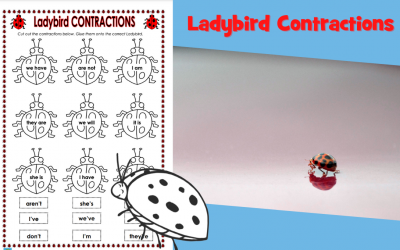

0 Comments